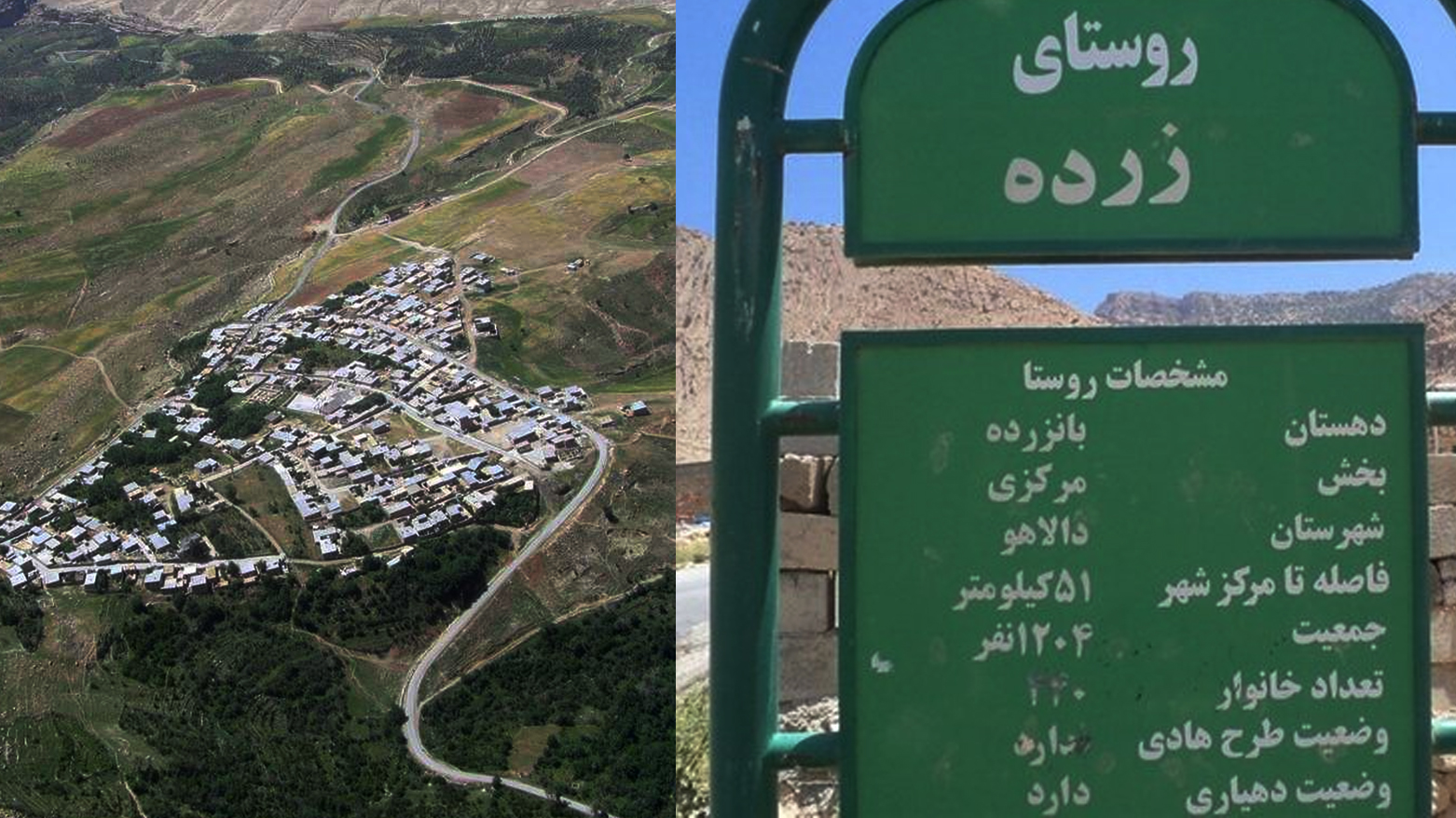36 years passed over chemical attacks on villages Zarda, Nasardera
The chemicals killed hundreds, injured thousands and caused different dangerous diseases such as respiratory tract diseases, lung infections, inflammations, visual and hearing impairments, skin infections, whooping coughs and different infections and sensitivities.

ERBIL (Kurdistan 24) – In the tragic memory of the chemical attack on the two villages in the eastern part of Kurdistan 36 years ago, thousands of civilians were attacked by chemicals, bombardment. Zarda and Nasardara villages of the Dalaho district in Kermanshah province, were targeted by Iraqi army at the time.
Iran depended on reports issued by the UN commission that were dated back between 1983 and 1988.
Zarda village locates in Rezhaw place in the Dalaho highlands, with a 140 Km distant from Kermanshah province. Nasardera belongs to Gailangharbi in the eastern part of Kurdistan. The total numbers of residents reached 1500, they suffered chemical attack’s aftermath since 1988.
In the morning of July 22nd 1988, within less than 3 weeks prior to a ceasefire and then ending war, Iraqi jet-fighters brutally attacked Zarda village with chemicals, 275 civilians were killed and hundreds of other civilians left injured.
On the same day Nasardara was attacked by chemicals, it killed 4 civilians and left more than 1000 injured. The attack affected areas located within Salas Bawajany and Sarpel Zahaw towns, and contaminated the water source in the whole area.
According to claims made, that were depending on the reports UN, discussed about the war that lasted 8 years between Iraq and Iran from 1980 until 1988. The chemical weapons used were mustard gas, organophosphate neurotoxins which known as nerve agents Tabun and Sarin.
The UN at that time deployed inspection teams in the region, it was to investigate alleged attacks on civilian areas. It believed to have used 1000 tons of the poisonous and lethal gases by Iraqi army in a retaliation attack between both government Iran and Iraq.
The escalation in 1986 and 1987 became more extensive, an investigation team dispatched for the artillery used on civilians by the troops. It was thought that thousands of rockets, missiles, bombs, and other weapons used to attack the northwest of Iran (Rojhalat) east of Kurdistan.
The reports mentioned attacks on merchant shipping in the Persian Gulf, including repeated strikes against commercial oil tankers, more frequent, jet-fighters attacks were on civilians. Even there was a Team dispatched to tackle mine-sweeping in the Kurdistan’s villages were lined on the borders.
The chemicals caused different dangerous illnesses and diseases such as respiratory tract diseases, lung infections, inflammations, visual and hearing impairments, skin infections, whooping coughs and different infections and sensitivities.
The impact on health persisted and transferred on to the following generations.